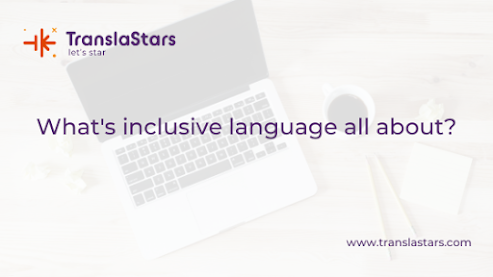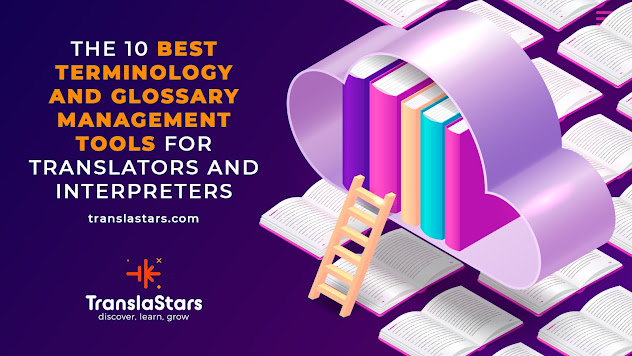What's inclusive language all about?
What's inclusive language all about?
You’ve most likely heard the term ‘inclusive language’ being thrown around on social media, but do you really know what it’s all about?
It’s got nothing to do with political correctness, although you’d be forgiven for confusing the two. In short, it’s a conscious effort to communicate in a way which facilitates the inclusion of certain societal groups who are often the subject of exclusion or social prejudice.
Still confused? Read on to find out more about this fascinating topic and its implications for translation and interpreting professionals.
You won’t master it overnight
Inclusive language essentially challenges us to transform deeply embedded forms of communicating. It requires us to consider the implications of those words and phrases that may have existed for centuries, but are in some way disrespectful.
That said, it’s not necessary to overthink every single word. There are bound to be a few bumps in the road, but what can be gained is certainly worth the effort.
What does all this have to do with translation?
As multilingual communicators the implementation of more inclusive language in our translations offers us a chance to influence readerships across the world, in addition to developing our own communication skills.
What’s more, for those translators who collaborate with nonprofits, this issue is particularly pertinent. This sector is leading the way in terms of inclusive language use, and therefore the language professionals who form part of it must also do the same.
The extent to which this affects you may of course depend on your target language. It’s certainly worth investigating whether or not it’s something your target text or end client requires, or could benefit from.
Still not sure what it’s all about?
Let’s take a look at a real life example. In the world of translation, we’re always told that context is key. Well, the same can be said for inclusive language.
In this case, we’re talking specifically about stereotypes. For example, negative stereotypes, especially those associated with nationality are often recognized as derogatory and are best avoided. But that doesn't mean those so-called positive stereotypes can be used in all contexts, they must also be given some serious thought.
If in doubt, focus on people. In other words it's best to focus on the person, as opposed to their characteristics, e.g., instead of “a deaf woman” or “a woman salesperson,” use “a woman who is deaf” or “a woman on our sales team.”
Want to learn more about inclusive language and its role in translation? Then why not sign up for our MD in Inclusive Language with Ana Sánchez (in Spanish).
Written by Helen Hadley






Comments
Post a Comment